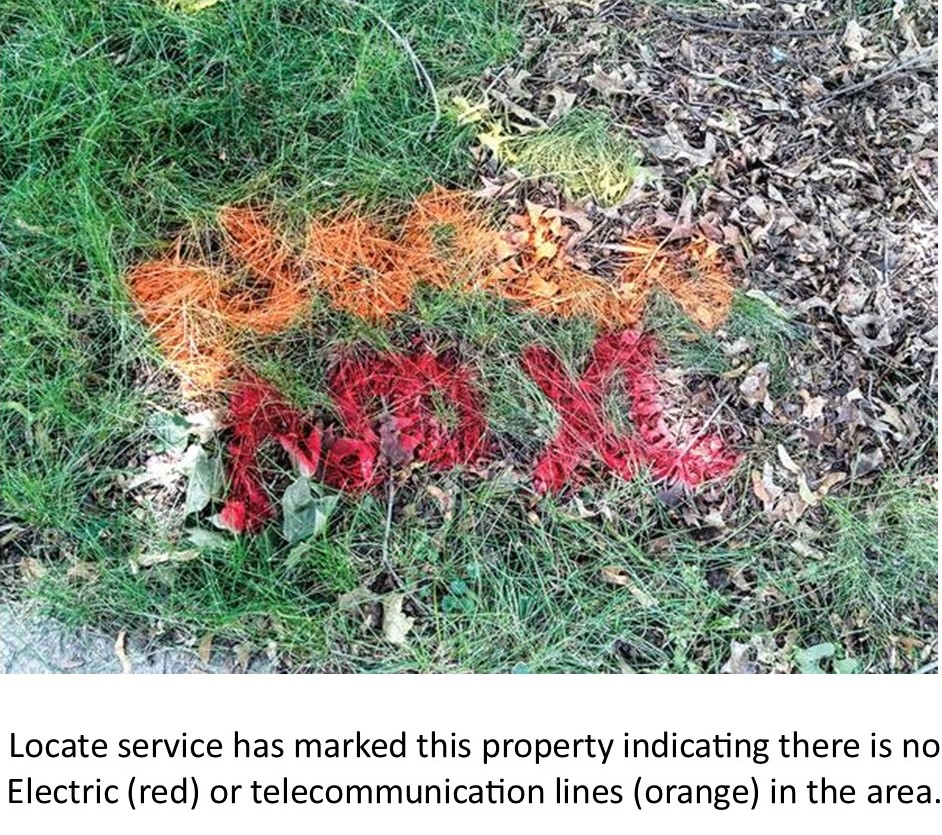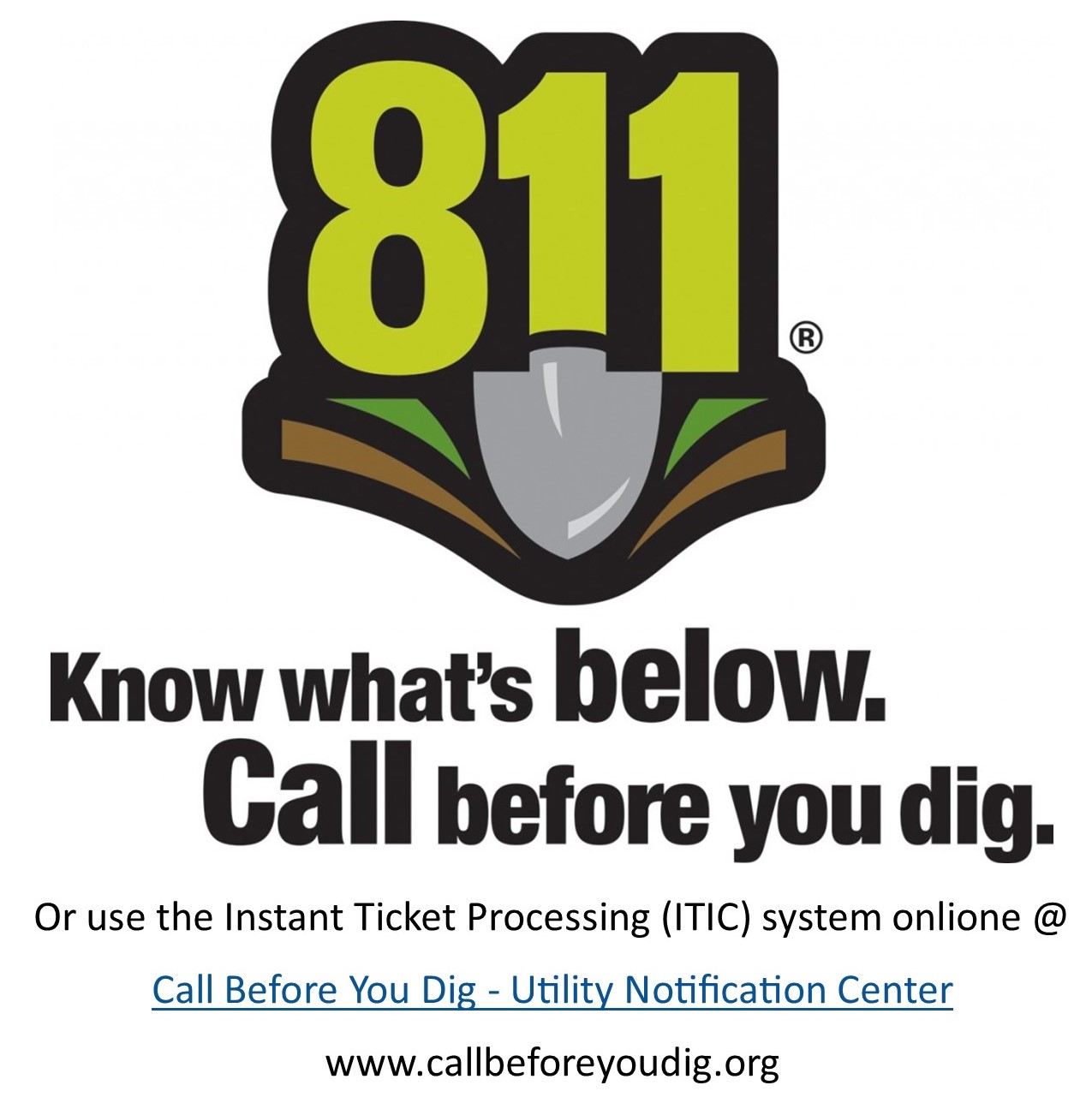Trees and Utility Line Planning & Planting, Part 3
 | Author:
Patrick Plantenberg, Tree Board Chair
Townsend Tree Board Chair, Townsend Rotary Club |
Trees and Utility Line Planning & Planting, Part 3
Patrick Plantenberg, Tree Board Chair
Note: This is the third in a series of articles to help prepare residents for any tree planting or pruning in their yards this coming year.
The Townsend Tree Board is proud to provide this series of articles on tree planting and pruning considerations. A demonstration site on the northwest corner of D Street and South Walnut Street here in Townsend is being used.
In last week’s article, we learned:
• How to prepare trees for pruning or removal under utility lines safely
• Stay 10’ away from powerlines and service lines
• Call NorthWestern Energy Company or Vigilante Electric Cooperative to clear the lines before pruning or removal or call a trained utility line clearance company
• You are responsible for the service line to your home; and
• Negotiate with the power company to get a problematic tree removed and get a voucher for a new tree to be planted in the right place.
Now, your trees are clear of the powerlines so how do you remove the problem trees? Before you do anything please call 811, or do a locate request online, to get all underground utilities located (Picture 1). You all have seen locate services painting the ground with various color paint or using flags to mark underground utilities (Picture 2).
As a quick refresh, the American Public Works Association color code for utility marking is:
• Red: electric power lines, cables, conduit, and lighting cables
• Orange: telecommunication, alarm or signal lines, cables or conduit
• Yellow: natural gas, oil, steam, petroleum or other flammable
• Green: sewers and drain lines
• Blue: potable drinking water (The locate will not identify underground sprinkler systems!)
To get a utility locate, mark the locations where you plan to dig in white paint or use white flags and get the utility locate done. Once the locate is complete, make a map of your yard for future reference so you know where the utilities are in the future. Once the locate is completed there are a couple of removal options depending on underground utilities in the area:
• Trees can be simply cut off at the stump and the stump can be killed and be left in place
• The stumps can be dug out by hand or with a backhoe
• Stumps can be ground with a stump grinder
There are chemicals available to kill stumps in place. Precautions must be taken not to hurt neighboring trees that may have roots in the area as well as not using chemicals that will poison the soil in the area around the stump.
The stumps to be removed at the demonstration site are all less than eight inches in diameter including poplars, aspens, and a maple. The maple will not resprout as much as the poplars and aspens. We had planned to transplant the maple to a suitable location this spring as it was the only tree planted worth the effort. Over the winter, it was hit by a car sliding on icy roads and it was killed.
All the trees to be removed were planted in areas where no new trees will be planted. The maple stump can be cut at or below ground level with a reciprocating saw and can simply be killed in place with a stump-killing chemical. Same with the poplar stumps. The aspen stumps are more problematic. Sure, they can be killed in place, but many new shoots can be expected to sprout this spring from underground stems throughout the backyard. This will require cutting off the shoots and killing the sprout stumps with chemicals.
Consult with your lawn care service to identify the best solution to control stumps resprouting in your yard.
Digging out a large stump will create a large disturbance in your yard. Grinding stumps typically costs $10 or more per inch of stump diameter and requires some replacement soil and reseeding or sodding to replace your lawn.
Article Images
Click on Image Thumbnail(s) to view fullsize image
PhotoCredit: Pat Plantenberg; Northwestern Energy
Image 1 Caption: Locate Markings
Image 2 Caption: NWE 811 Check Before You Dig

